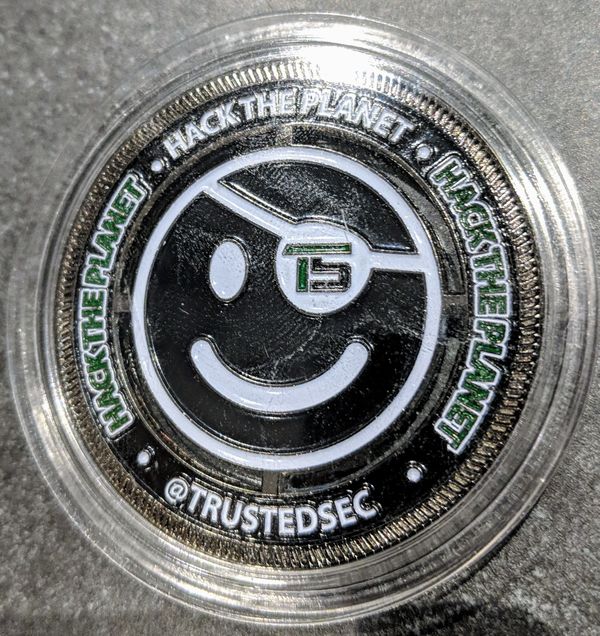At DerbyCon 8, I had the opportunity to take the “Adversarial Attacks and Hunt Teaming” presented by Ben Ten and Larry Spohn from TrustedSec. I went into the course hoping to get a refresher on the latest techniques for Windows domains (I do mostly Linux, IoT & Web Apps at work) as well as to get a better understanding of how hunt teaming is done. (As a Red Teamer, I feel understanding the work done by the blue team is critical to better success and reducing detection.) From the course description:
This course is completely hands-on, focusing on the latest attack techniques and building a defense strategy around them. This workshop will cover both red and blue team efforts and provide methods for understanding how to best detect threats in an enterprise. It will give penetration testers the ability to learn the newest techniques, as well as teach blue teamers how to defend against them.
The Good
The course was definitely hands-on, which I really appreciate as someone who learns by “doing” rather than by listening to someone talk. Both instructors were obviously knowledgeable and able to answer questions about how tools and techniques work. It’s really valuable to understand why things work instead of just running commands blindly. Having the why lets you pivot your knowledge to other tools when your first choice isn’t working for some reason. (AV, endpoint protection, etc.)
Both instructors are strong teachers with an obvious passion for what they do. They presented the material well and mostly at a reasonable pace. They also tag-team well: while one is presenting, the other can help students having issues without delaying the entire class.
The final lab/exam was really good. We were challenged to get Domain Admin on a network we hadn’t seen so far, with the top 5 finishers receiving challenge coins. Despite how little I do with Windows, I was happy to be one of the recipients!

The Bad
The course began quite slowly for my experience level. The first half-day or so involved basic reconnaisance with nmap and an introduction to Metasploit. While I understand that not everyone has experience with these tools, the course description did not make me feel like it would be as basic as was presented.
There was a section on physical attacks that, while extremely interesting, was not really a good fit for the rest of the course material. It was too brief to really learn how to execute these attacks from a Red Team perspective, and physical security is often out of scope for the Blue Team (or handled by a different group). Other than entertainment value, I do not feel like it added anything to the course.
I would have liked a little more “Blue” content. The hunt-teaming section was mostly about configuring Windows Logging and pointing it to an ELK server for aggregation and analysis. Again, this was interesting, but we did not dive into other sources of data (network firewalls, non-Windows systems, etc.) like I hoped we would. It also did not spend any time discussing how to relate different events, only how to log the events you would want to look for.
Summary
Overall, I think this is a good course presented by excellent instructors. If you’ve done an OSCP course or even basic penetration testing, expect some duplication in the first day or so, but there will still be techniques that you might not have seen (or had the chance to try out) before. This was my first time trying the “Kerberoasting” attack, so it was nice to be able to do it hands-on. Overall a solid course, but I’d generally recommend it to those early in their careers or transitioning to an offensive security role.